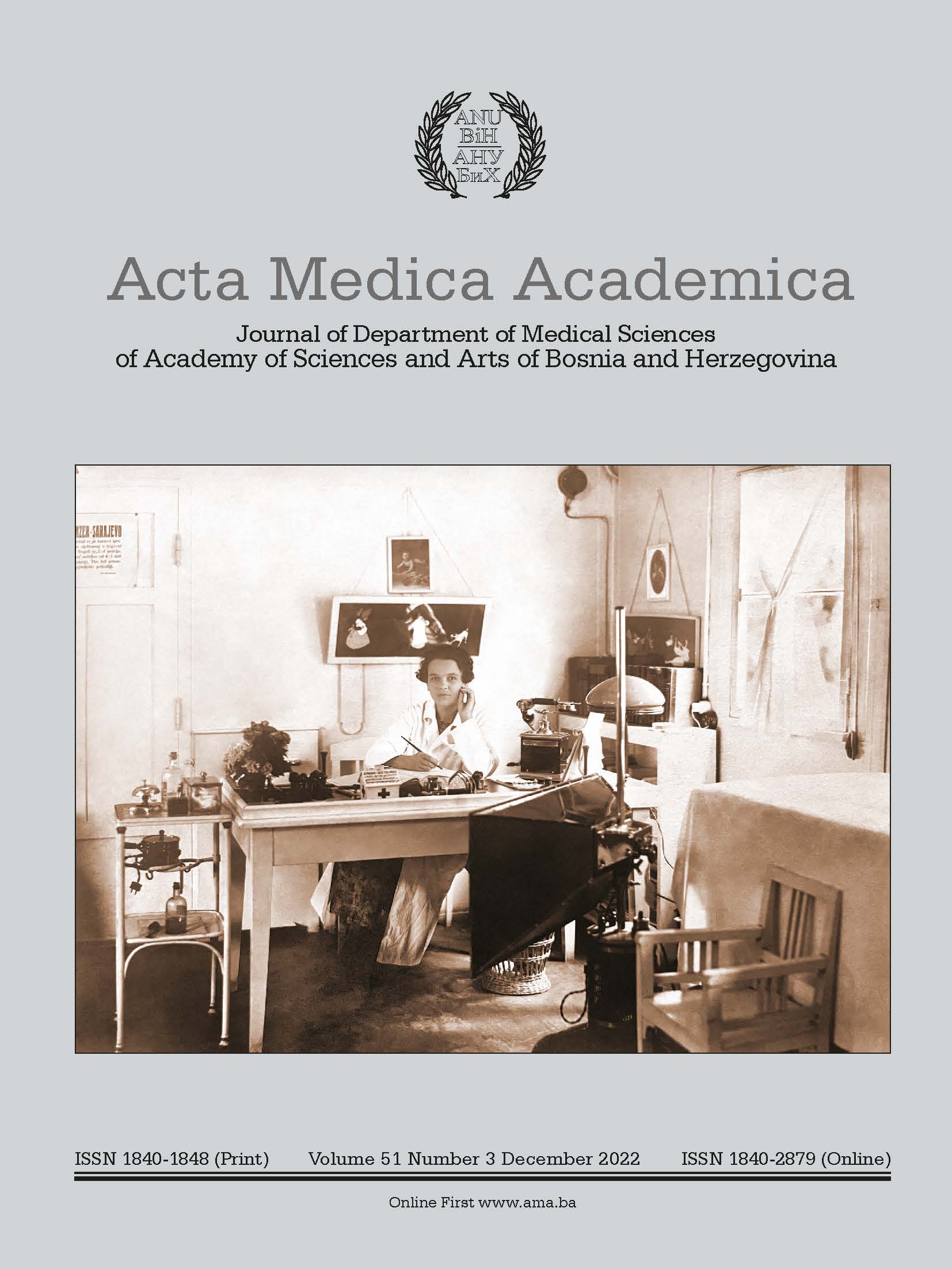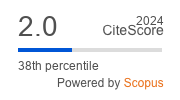High Flow Nasal Cannula Versus Noninvasive Positive Pressure Ventilation as Initial Respiratory Support in Patients with Chronic Obstructive Pulmonary Disease and Covid-19
Exploratory Analysis in Two Intensive Care Units
DOI:
https://doi.org/10.5644/ama2006-124.389Keywords:
COPD, HFNC, NPPV, COVID-19 PneumoniaAbstract
Objective. To identify the type of the non-invasive ventilatory treatment for patients diagnosed with chronic obstructive pulmonary disease (COPD), with respiratory status deteriorated by COVID-19 pneumonia, and in need of treatment in the Intensive Care Unit (ICU).
Materials and Methods. This cross-sectional study was conducted over a one-year period in the medical intensive care units of two hospitals. As the patients’ clinical condition deteriorated and the parameters of the arterial blood gas (ABG) analysis worsened, oxygen support was applied via a high flow nasal cannula (HFNC) or by non-invasive positive pressure ventilation (NPPV). According to the control values of the arterial oxygen saturation (SaO2) and the parameters of ABG, the patients were enabled to be transferred between the two types of non-invasive ventilatory support. The primary outcome was the length of hospital stay, while secondary outcomes were the rate of intubation, the mortality rate, and respiratory supportfree days.
Results. Out of 21 critical patients with COPD and COVID-19, 11 (52.4%) were initially treated with NPPV and 10 (47.6%) with HFNC. The ages (67±9.79 in NPPV group vs. 70.10±10.25 in HFNC group) and severity of illness (SOFA score 5 (3.5) in NPPV group vs. 5 (2.8) in HFNC group) were similar between the two groups. Switching the mode of respiratory support was more common in NPPV (58.3% in survivor group vs. 41.7% in non-survivor group). Patients treated with NPPV compared to HFNC had a nominally longer length of stay (15 (11) vs. 11.5 (4.25)), and higher risk of intubation (66.7% vs. 33.3%) and mortality (66.7% vs. 33.3%), but the comparisons did not reach statistical significance. Survivors had significantly longer Medical Intensive Care Unit and hospital stays, but significantly lower FiO2 (0.60 vs.1) and higher values of PaO2 /FiO2 (78(32.4) vs. 56.3(17.8)) than non-survivors. All patients were treated with corticosteroids, and the duration of treatment was similar between groups.
Conclusion. In critically ill patients with COPD and COVID-19, both HFNC and NPPV were commonly used as the initial mode of ventilation. Switching to a different mode and adverse patient outcomes were more frequent in patients initially treated with NPPV. Survivors had higher values of PaO2 /FiO2 than non-survivors.
Downloads
Published
Issue
Section
License
Copyright (c) 2023 Aida Mujaković, Tijana Kovačević, Edin Begić, Almir Fajkić, Goran Barić, Anida Jamakosmanović, Peđa Kovačević

This work is licensed under a Creative Commons Attribution-NonCommercial 4.0 International License.






